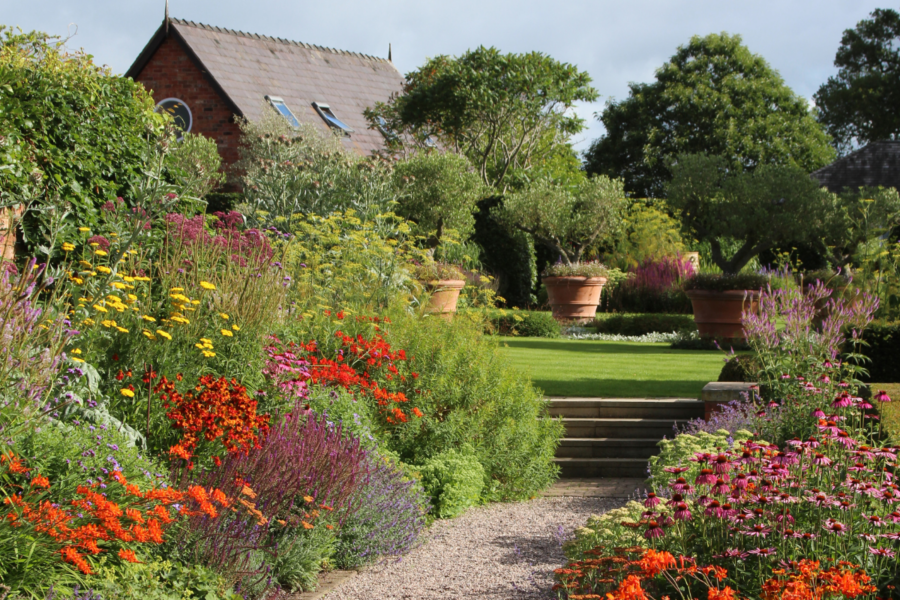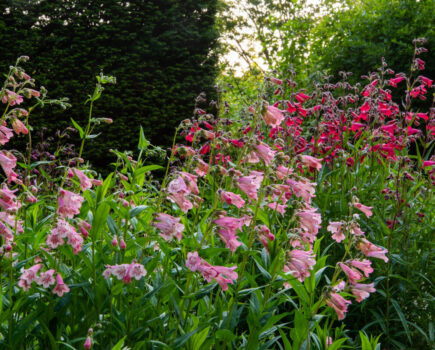In an extract from his new book, Your Outdoor Room, garden designer Manoj Malde provides a step-by-step guide to creating your perfect garden pathway
Contemporary garden

Staggered planks laid as a path where plants soften the sides and some ground cover plants creep into the gaps between the timbers.
Encaustic tile paths with bold graphics.
A modern crazy paving path with sawn clean-cut flags laid in a random pattern. The pointing gaps can be filled with gravel or ground cover planting.
Cottage garden
Old planks from seaside piers can be recycled and make a pathway for a coastal cottage garden. Also, sandstone setts used both as an edging along a gravel path and squares or diamond shapes within the path. Old chips of bricks and china mixed into the gravel lend the path a sense of time. Flagstones laid with large gaps to allow for a gravel infill and ground-cover planting. Get creative by laying a mosaic with pebbles within the larger gaps.
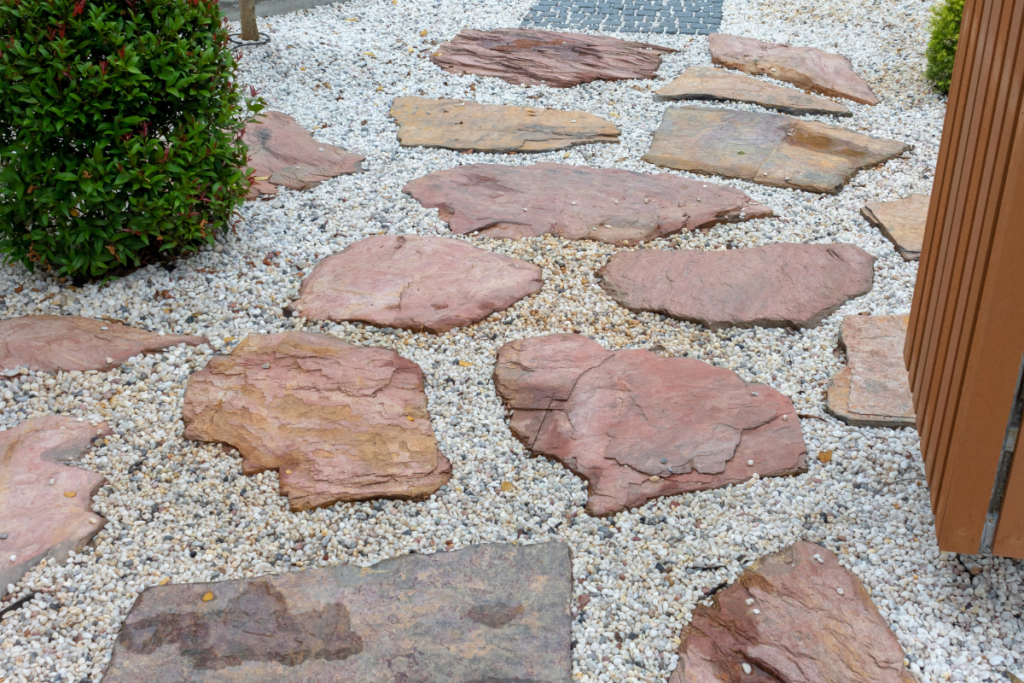
Japanese garden
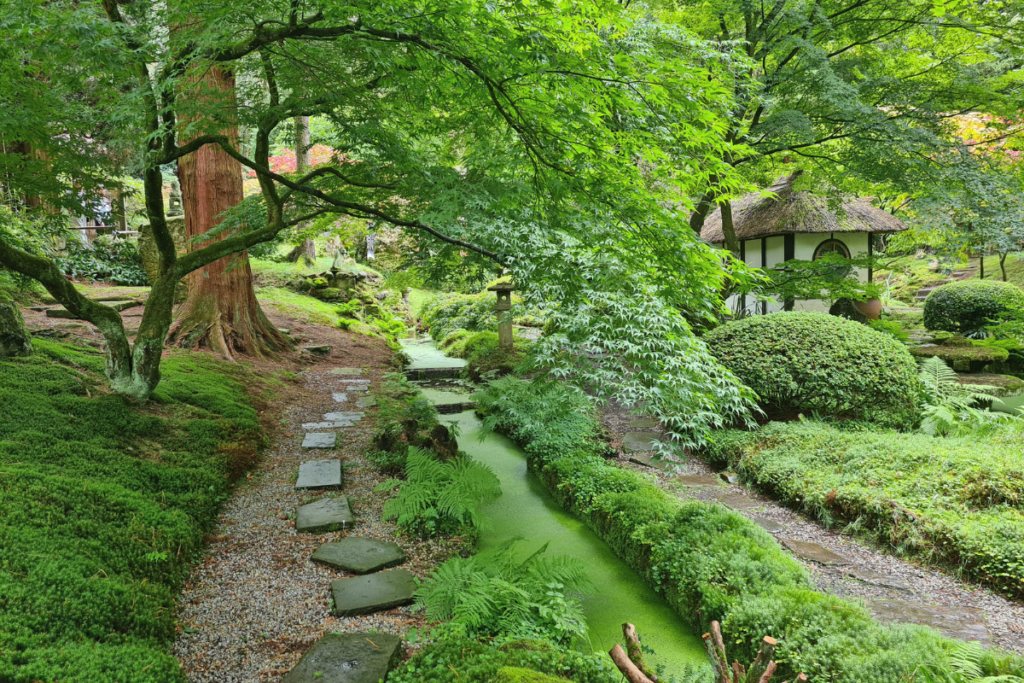
A raised path created from decking planks installed above the gravel to evoke a sense of crossing over water.— Large, rounded paddle stones gently rising from the gravel (or moss) give a spiritual look.
Long stone planks combined with pieces of broken stone in random sizes; offers a great opportunity to recycle old stone slabs.
Moorish garden
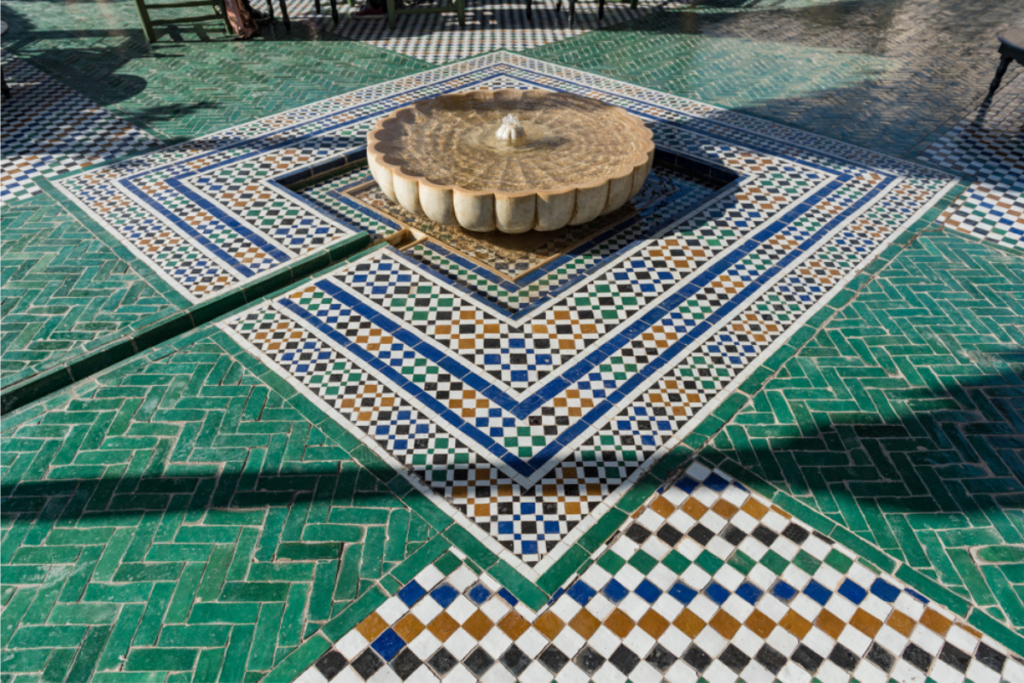
Lay two different colours of zellige tiles in zig-zag patterns, one colour row next to another. Zellige tiles are better suited to hot, dry climates as they are slippery. However, the same shape and colours are available as encaustic tiles. Use pebbles of different colours to create an intricately patterned path that resembles a kilim runner (rug).
Lay clay or encaustic pavers in a classic herringbone pattern, or in zig-zag rows as for the zellige tiles, using two different colours.
Tips on non-slip surfaces
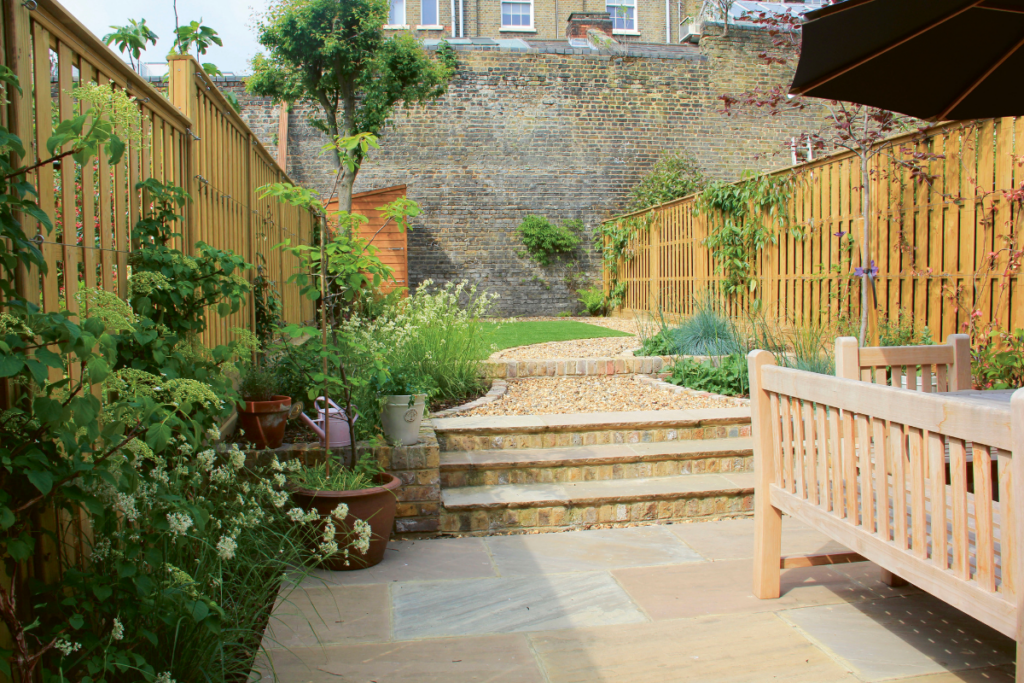
If you live in a cold, wet climate, select materials for paths and patios that are suitable for your garden environment. Tiles and slabs with highly polished surfaces will become slippery when wet or in snowy conditions. Exterior surface materials, whether for paths or patios, should have an R10 or R11 slippage rating, so confirm this with your supplier. Also check that materials are frost proof.
Find more tips, advice and articles like this at the Amateur Gardening website. Subscribe to Amateur Gardening magazine now.

